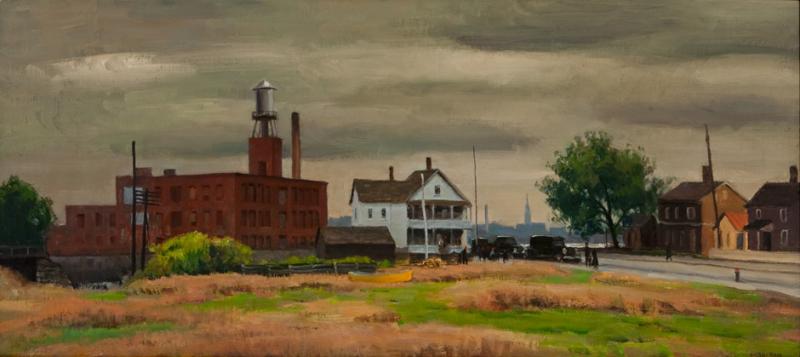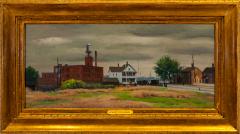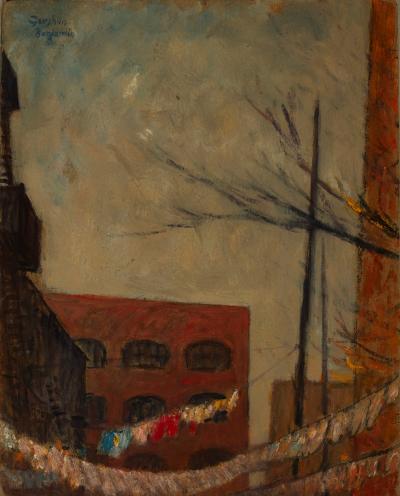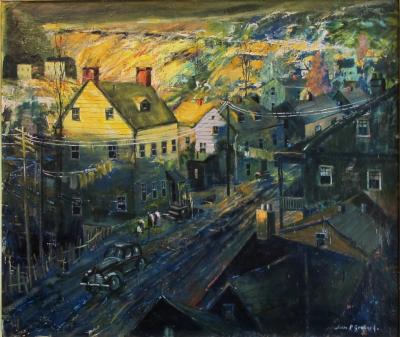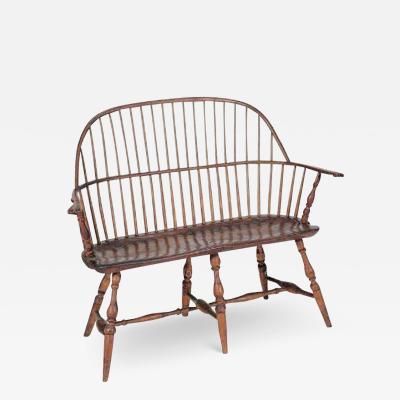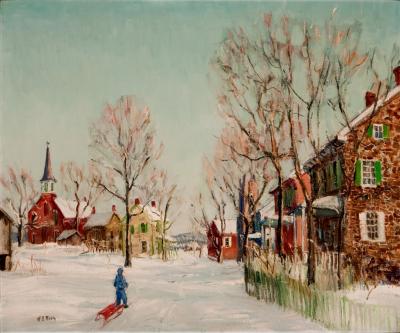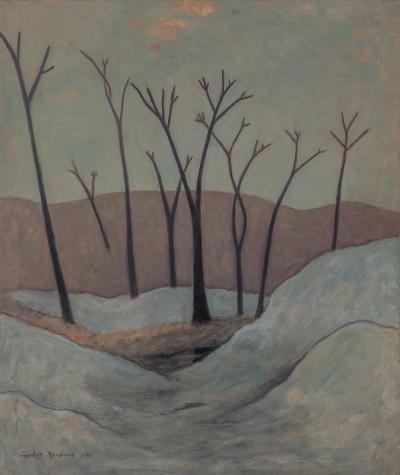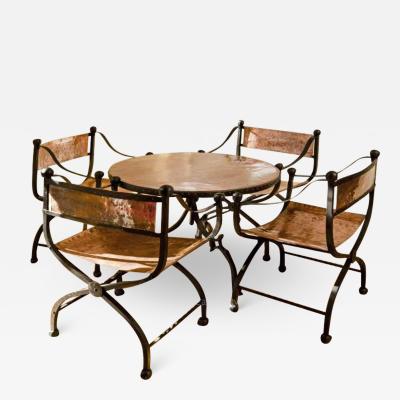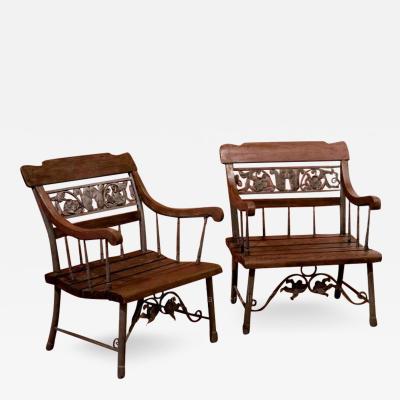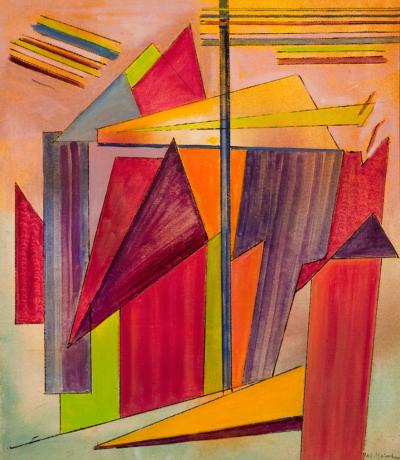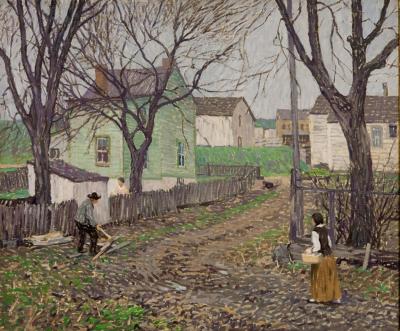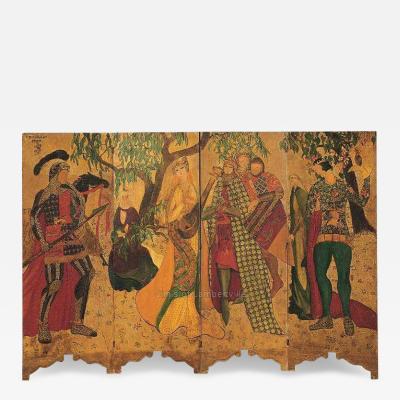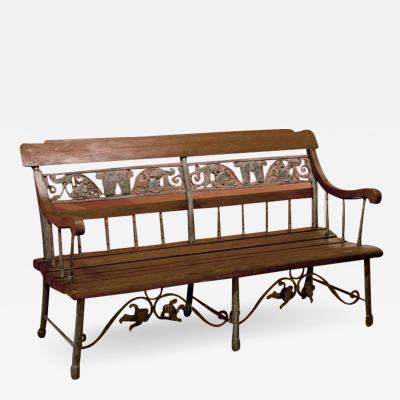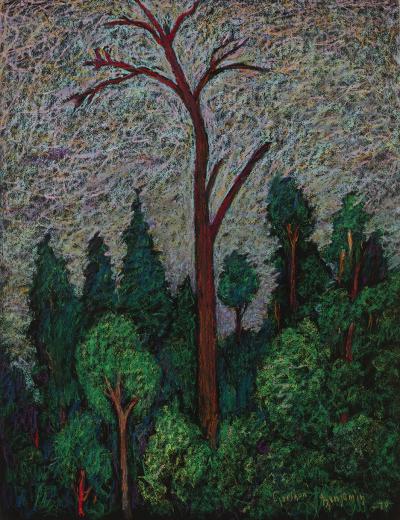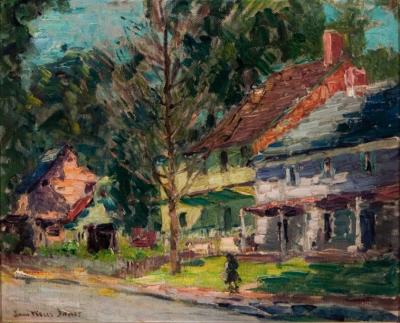Gray Day, New England
-
Description
Signed lower right. Complemented by a hand carved and gilt original Leith-Ross frame.
Harry Leith-Ross (1886-1973)
The son of an English father and a Dutch mother, Harry Leith-Ross was born in the British Colony of Mauritius, an island in the Indian Ocean a thousand miles off the southeast coast of Africa. His first formal art instruction began in England under Stanhope Forbes, followed by studies with Jean Paul Laurens at the Academie Julian in Paris. Leith-Ross came to the United States to enroll at the National Academy of Design in New York City in 1910, and then to Woodstock, in 1913. It was in Woodstock at the Art Students League, under the tutelage of Birge Harrison and John F. Carlson, that Leith-Ross would receive the training that most influenced his career as an artist.
There he formed a lifelong friendship with fellow artist, John Folinsbee. The two artists shared a studio during this time and participated in several joint exhibitions exclusively featuring their work, including an exhibit at the Louis Katz Art Gallery in New York City in 1915.
During the First World War, Leith-Ross served in the U.S. infantry, and upon his release, spent a summer painting in England. While there he participated in a solo exhibition at The Little Gallery in Worthing in 1919. It was said of Leith-Ross by an art critic in a local English newspaper: “An exquisite sense of color, perfect draftsmanship, a thorough grasp of composition, and a deep insight into nature, make of Harry Leith-Ross not only a brilliant painter but a poet”.
Upon returning to the United States, Leith-Ross resided once again in Woodstock where he taught painting. Leith-Ross would often visit his close friend, John Folinsbee, who moved to New Hope in 1916 following his marriage to Ruth Baldwin Folinsbee. Leith-Ross was the best man in his wedding.
Some years later, Leith-Ross met Emily, and the couple wed in 1925. They remained in Woodstock until purchasing a home in the Jericho Valley on the outskirts of New Hope in 1936, where Leith-Ross remained until the end of his life.
Leith-Ross painted a wide array of subjects. His earlier works (1912-1930) are very finely painted impressionist landscapes consisting of small, tight brush strokes and a colorful refreshing palette. The early paintings usually depict Woodstock, New Hope and Gloucester. His later works often include figures and his application of paint is lighter. His skillful handling of shadows and light give the later works (1935-60) a striking resemblance to those of Edward Hopper. Many of these paintings depict the landscape surrounding his home in Jericho Valley and views of New England. Leith-Ross was also a gifted watercolorist. He made occasional trips to Europe and often summered in Rockport and Gloucester, where he held painting classes as well.
Harry Leith-Ross exhibited widely and won more than forty awards. He participated in exhibitions at the National Academy of Design, the Salmagundi Club, the Pennsylvania Academy of the Fine Arts, the Society of Independent Artists, the Corcoran Gallery Biennials, the Carnegie Institute, the Art Institute of Chicago, the American Watercolor Society and the Metropolitan Museum of Art.
Sources:
-New Hope for American Art by James M. Alterman
-Jim’s of Lambertville Archives- 2005
-The Gazette- Worthington, England - 1919
-The New Hope Gazette, 2/18/63
-Formative Years Leith-Ross, no date
-Resume, 7/25/63 -
More Information
Period: 1920-1949 Materials: Oil on mounted canvas Creation Date: c. 1940 Styles / Movements: Impressionism, New Hope School Book References: Illustrated in "American Impressionism: the New Hope Circle, the Museum of Art, Ft. Lauderdale 1984-1985" by Sam Hunter Incollect Reference #: 197387 -
Dimensions
W. 34 in; H. 15.5 in; W. 86.36 cm; H. 39.37 cm;
Message from Seller:
Welcome to Jim's of Lambertville Fine Art Gallery, located in the heart of Lambertville, NJ. Specializing in Pennsylvania Impressionist and Modernist paintings, antiques, and custom framing, we invite you to visit us or contact us at 609.397.7700 or via email at info@jimsoflambertville.com.
Sold















